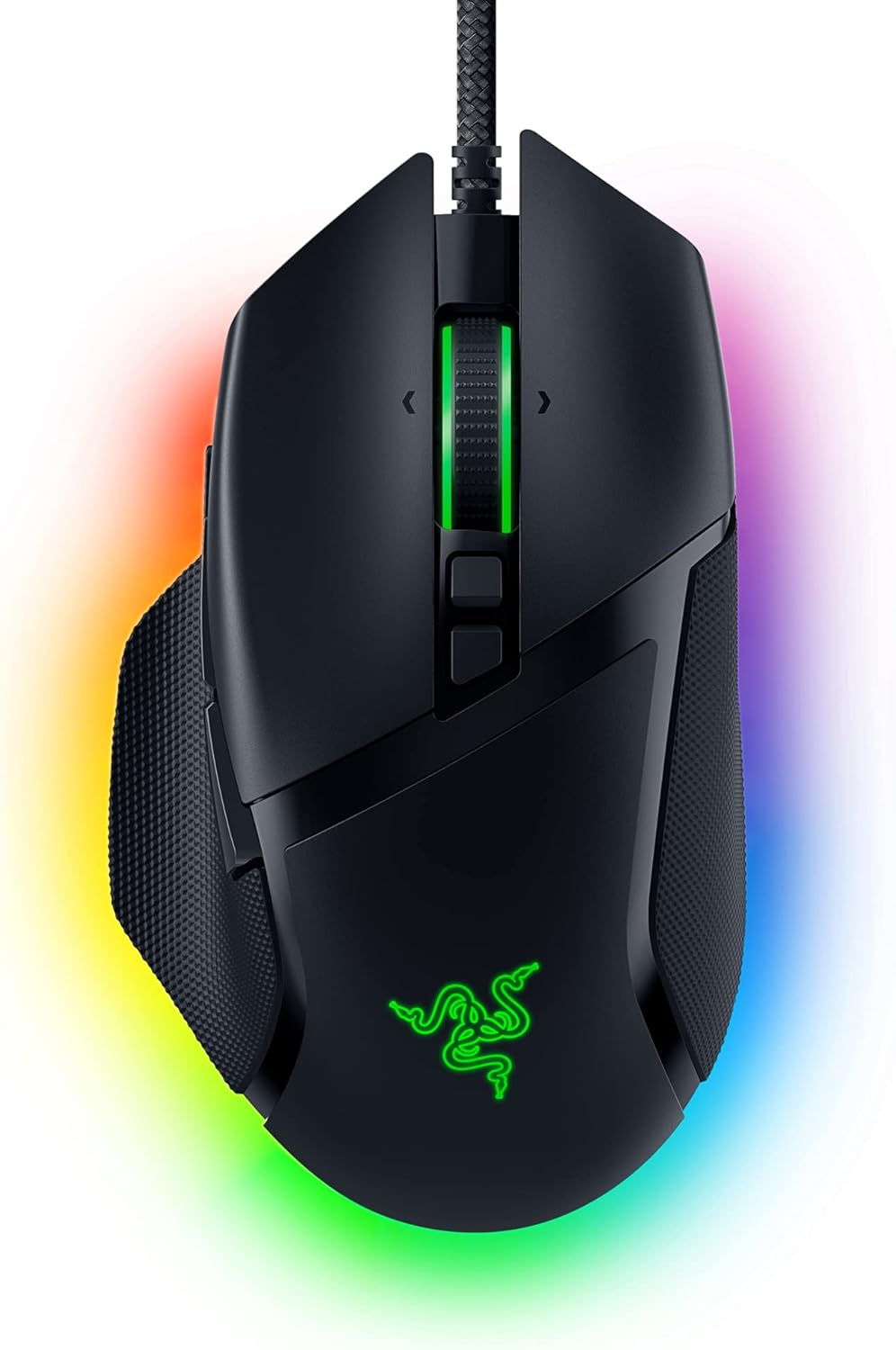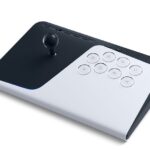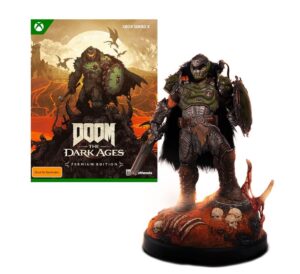The Google Nest Doorbell (Battery) is a versatile smart doorbell launched in 2021, offering both battery-powered and wired installation options. Priced at $179.99, it’s designed to integrate seamlessly with Google’s ecosystem, particularly for those using Google Assistant and the Google Home app. Here’s a breakdown of its key features, performance, and trade-offs based.
Design and Installation
The Nest Doorbell (Battery) sports a sleek, minimalist look with a matte finish, available in four colors: Snow (white), Linen (beige), Ivy (greenish-gray), and Ash (light gray). It’s larger than its predecessor, the Nest Hello (now Nest Doorbell Wired), measuring 6.3 x 1.8 x 0.95 inches to accommodate its 6,000mAh battery. The design includes a prominent camera at the top and a clear, illuminated doorbell button at the bottom, making it user-friendly for visitors.
Installation is a strong point. The battery option eliminates the need for existing wiring, making it ideal for renters or homes without doorbell infrastructure. Setup involves mounting it with included hardware (base plate, screws, and an optional 20-degree wedge for better angles) and connecting it via the Google Home app—most users report this takes 15-30 minutes. For those with wiring, it can connect to an 8-24VAC system, though no chime or transformer is included, requiring a compatible Google smart speaker (like a Nest Mini) for alerts if not wired to an existing chime.
Video and Audio Quality
The doorbell features a 1.3MP camera with a 960 x 1280 resolution at 30 FPS and a 145-degree diagonal field of view in a 3:4 vertical aspect ratio. This orientation prioritizes seeing people head-to-toe and packages over wide horizontal coverage, a practical choice for doorbells. HDR enhances visibility in bright or shadowy conditions, and night vision extends up to 10 feet with infrared LEDs. Video quality is sharp and colorful in daylight, with good detail (e.g., clothing creases or package labels), though it’s not as high-res as 1080p or 2K competitors like Ring or Eufy. Night vision is effective but loses some clarity compared to daytime.
Audio is a standout, with a speaker and microphone offering clear two-way communication, often enhanced by noise cancellation. Some users note slight audio-video sync issues at night, possibly due to internet latency, but overall, it’s reliable for remote conversations.
Smart Features and Storage
One of the Nest Doorbell’s biggest draws is its free smart features. It uses AI to distinguish between people, packages, animals, and vehicles, sending tailored notifications without a subscription—unlike many competitors like Ring, which gate these behind a paywall. It also offers three hours of free event-based video storage locally, a boon if your internet or power cuts out (up to one hour of clips in an outage). This makes it more functional out-of-the-box than most rivals.
For extended storage, Nest Aware ($8/month) provides 30 days of event history, while Nest Aware Plus ($15/month) adds 60 days and 10 days of 24/7 recording (wired mode only). The subscription also unlocks facial recognition, though this feature remains controversial due to privacy concerns and isn’t end-to-end encrypted.
Battery Life
Battery performance varies widely based on usage. Google estimates 6 months with 2-5 events daily, 2.5 months with 13-16 events, and 1 month with 25-30 events. Real-world tests suggest 1-2% daily drain in typical settings, aligning with 1.5-3 months for moderate use. Charging takes about 5 hours via USB-C (cable included, no adapter), requiring removal from the mount—a minor inconvenience compared to swappable-battery options like Ring’s. Cold weather can reduce efficiency, and heavy traffic areas may trigger more recordings, shortening life further.
App Experience
The Google Home app is the sole control hub, a shift from the older Nest app that frustrates some legacy users. It’s functional—offering live views, event timelines, and settings—but can feel clunky. Loading streams may lag slightly compared to the Nest app, and there’s no web portal yet (though one’s promised). Integration with Nest Hubs for live feeds and visitor announcements is seamless, enhancing its appeal for Google smart home enthusiasts.

































